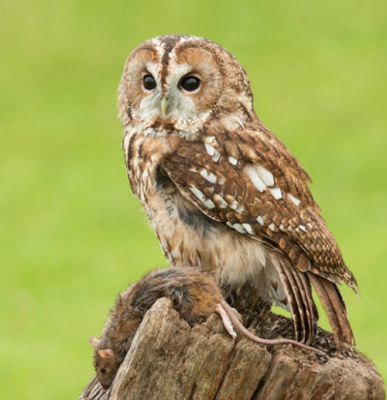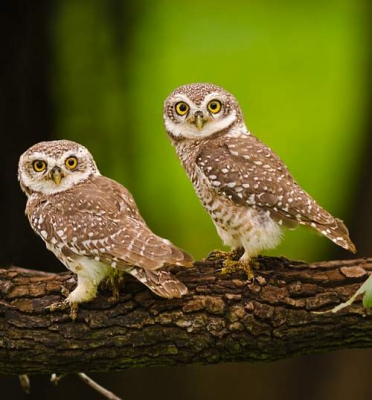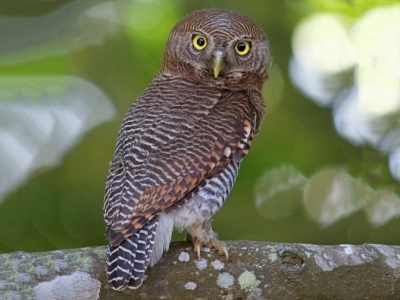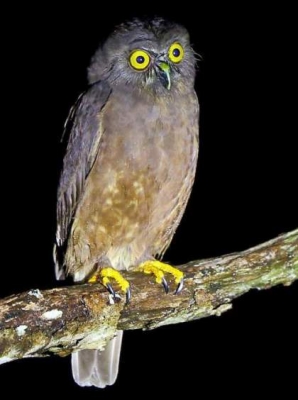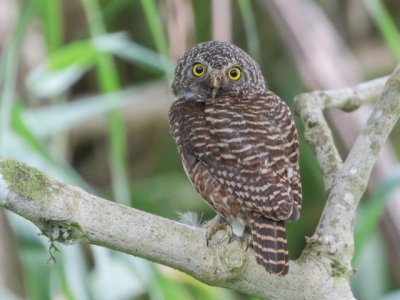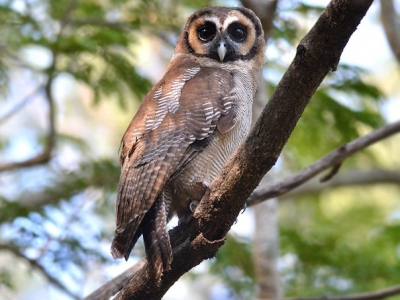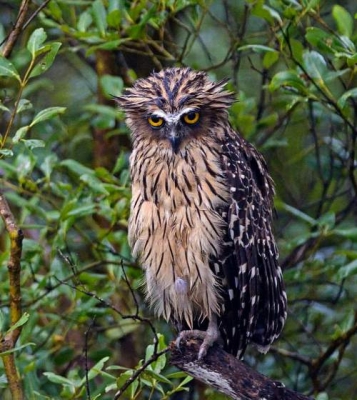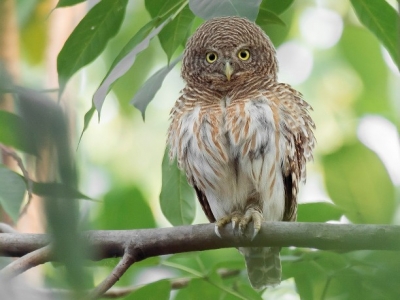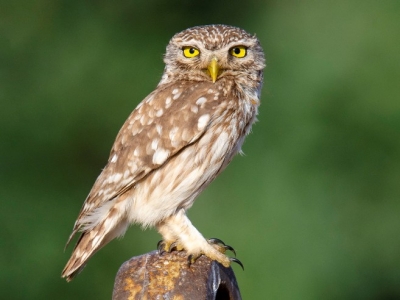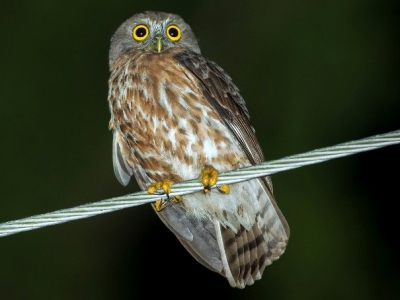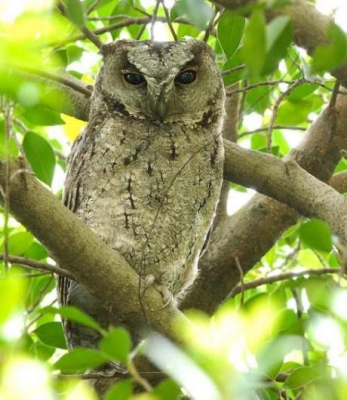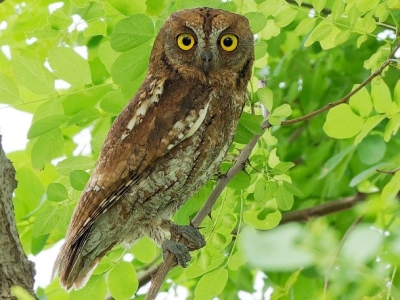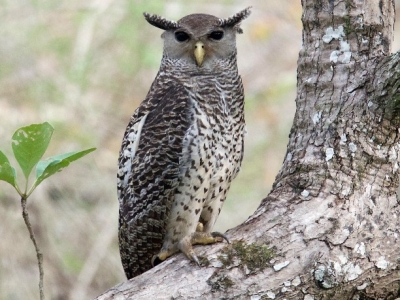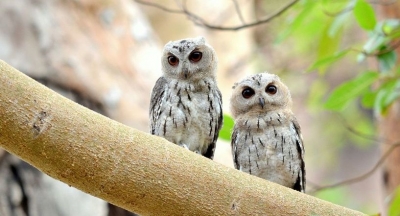Is the number of raptors declining in India? What are the conservation efforts initiated by India?
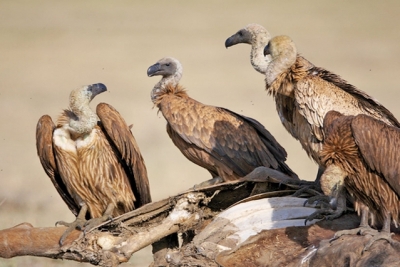
Many species of birds in India are dying out, says the first major report in our country on the state of bird populations. Things are particularly bad for the birds of prey, due to reasons like habitat destruction, hunting and pet trade. Several raptors like various species of eagles and harriers have come down in numbers, but vultures are the worst hit. Seven out of the nine vulture species found in India, have been decreasing in number since the early 1990s, mostly poisoned by an anti-inflammatory drug given to livestock.
India is certainly taking steps to conserve these birds, and our government has signed a memorandum of understanding (MoU) to save several species of migratory birds of prey in Africa and Eurasia. This is usually called the Raptor MoU.76 species are covered by this, of which 50 are in India including the endangered vulture. The government has also launched the Vulture Action Plan 2020-25, for saving the vultures. We are also a member of the SAVE (Saving Asia’s Vultures from Extinction) consortium.
Picture Credit : Google
